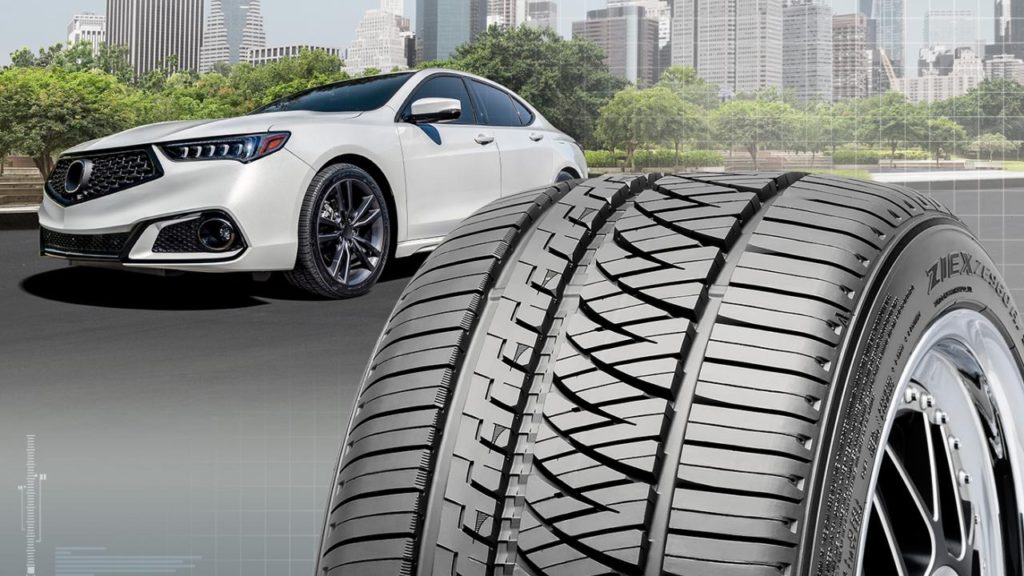
Tire Load Ratings Explained
Have you ever thought about the tires for your vehicle being the correct type for your vehicle? If you have recently purchased a preowned vehicle, like many have recently to avoid having to use public transportation, you may want to consider taking a deep look into some information found on the sidewall of your car, truck, van, motorcycle, or tractor tires. It may look like foreign text or even hieroglyphics, but having the right tools and know-how will help with this task. In this guide, provided by our friends at SimpleTire, everything you need to know about tire load ratings, tire service descriptions, speed ratings and more!
According to the numbers and text stamped onto the sidewall of all mass-produced tires, it is possible to decode the information to provide insight on what type of tires they are. The “Tire Service Description” stamped on the sidewall, usually next to the size, is a four-digit number. This quadra-digit code provides data on the tire’s load index and speed rating, which can be beneficial when trying to select replacement tires for your ride.
What is the tire load index, you may ask? Simply put, the tire load index is the amount of weight a tire can hold when properly inflated. The higher the number, the more weight your vehicle can support. This number is especially important when selecting new tires if you have a truck used for towing or hauling, as increased payload can warrant using a tire with a higher load index. If you have a heavy duty or super duty truck, you can bet on a higher than normal tire load index for payload and towing.

Many drivers are familiar with a tire’s speed rating, but for those who aren’t, the “Speed Rating” on a tire’s sidewall is a letter based system, which can sometimes incorporate numbers. The most popular tire speed ratings are “H” which is good for up to 130 miles per hour, “V” which is good for up to 149 miles per hour, and “Z” which can be good for over 149 miles per hour. If you have a high performance vehicle that sees spirited use, selecting a tire with the correct speed rating can help your vehicle stay safe and stable. Remember, it’s okay to drive at a speed within the limits of your tires, but it can be dangerous to drive at speeds over your tire’s speed rating.
Exceeding the speed rating on your tires can be extremely dangerous. Improperly equipped tires can overheat at high speed, causing severe expansion and ballooning, which can lead to a blow out. To avoid this from happening to you, familiarize yourself with the tires on your vehicle today and refer to SimpleTire’s Tire Service Description guide for more information.
Post tagline:
SimpleTire is an online tire store providing tires for everything from Lamborghini Aventadors to Lamborghini Tractors. SimpleTire makes it easy to buy tires online with their SimpleTire App, helping consumers identify the best replacement tires for their vehicles. Order tires from your phone or device and have them sent to your home or installer for ease of installation and convenience. Shop for new tires online at www.simpletire.com
The post Tire Load Ratings Explained first appeared on Daily Car News and Reviews | AutomobileGator.


